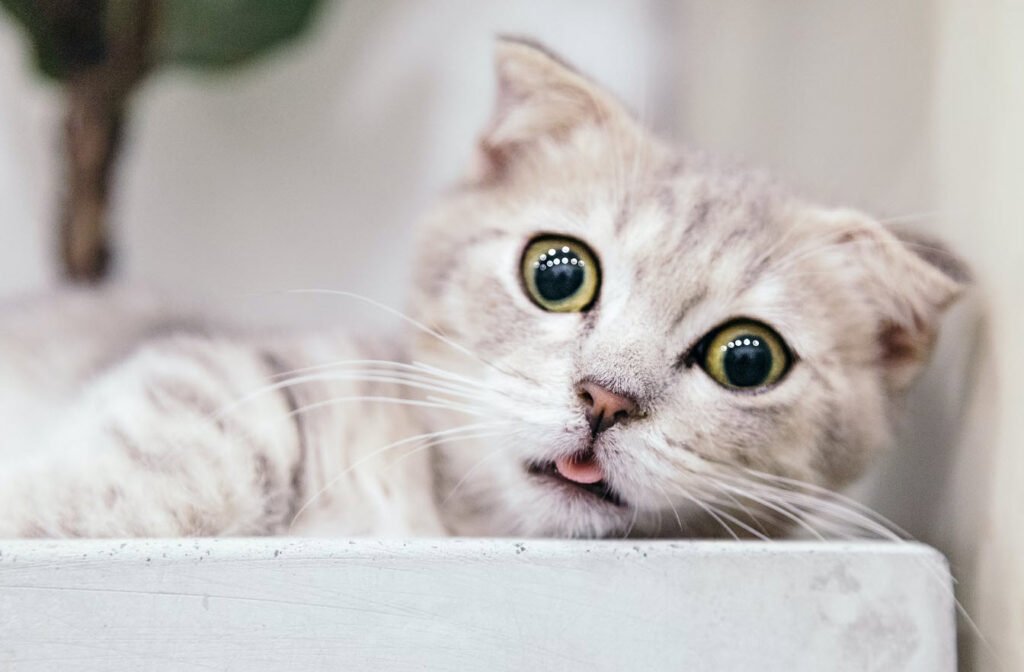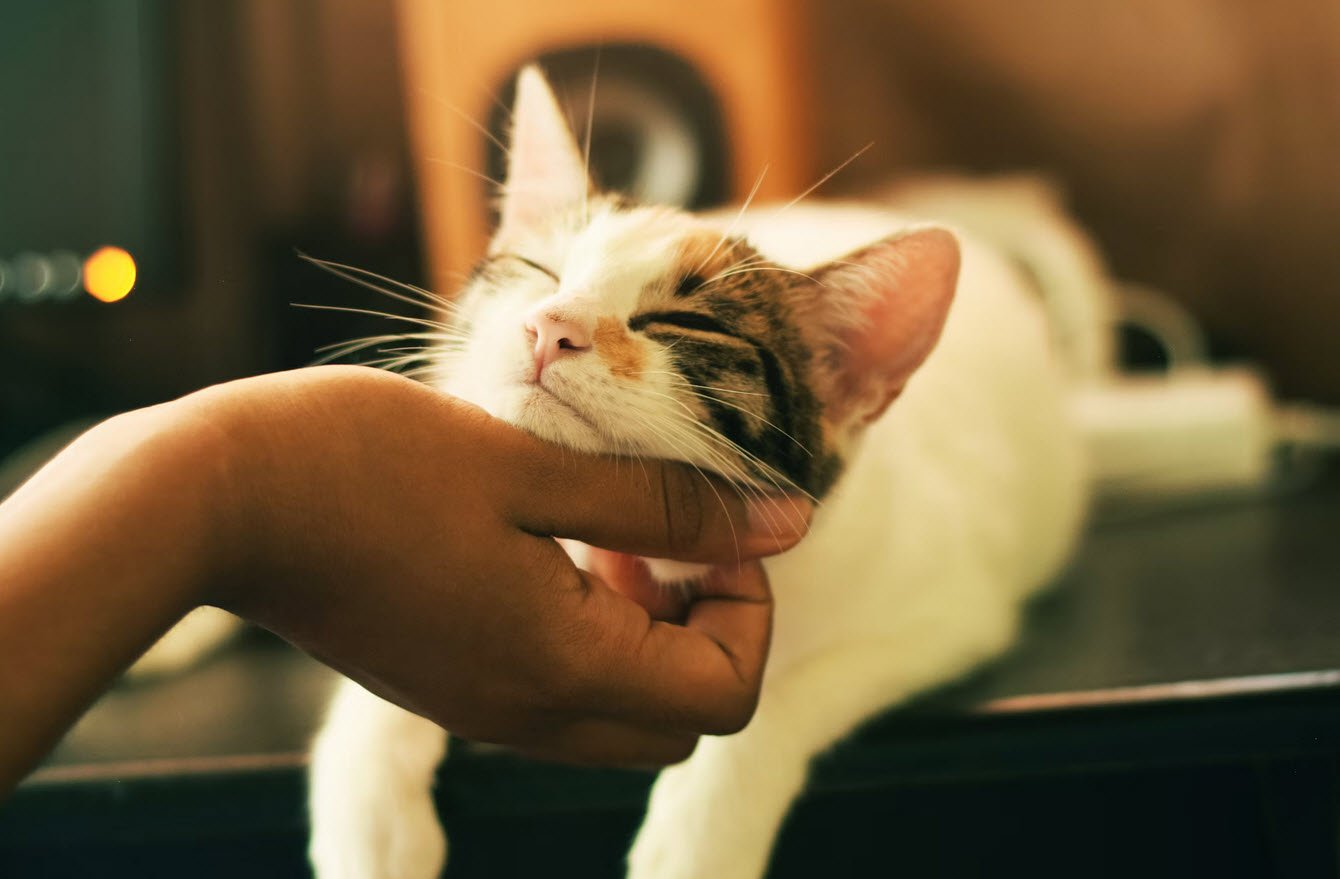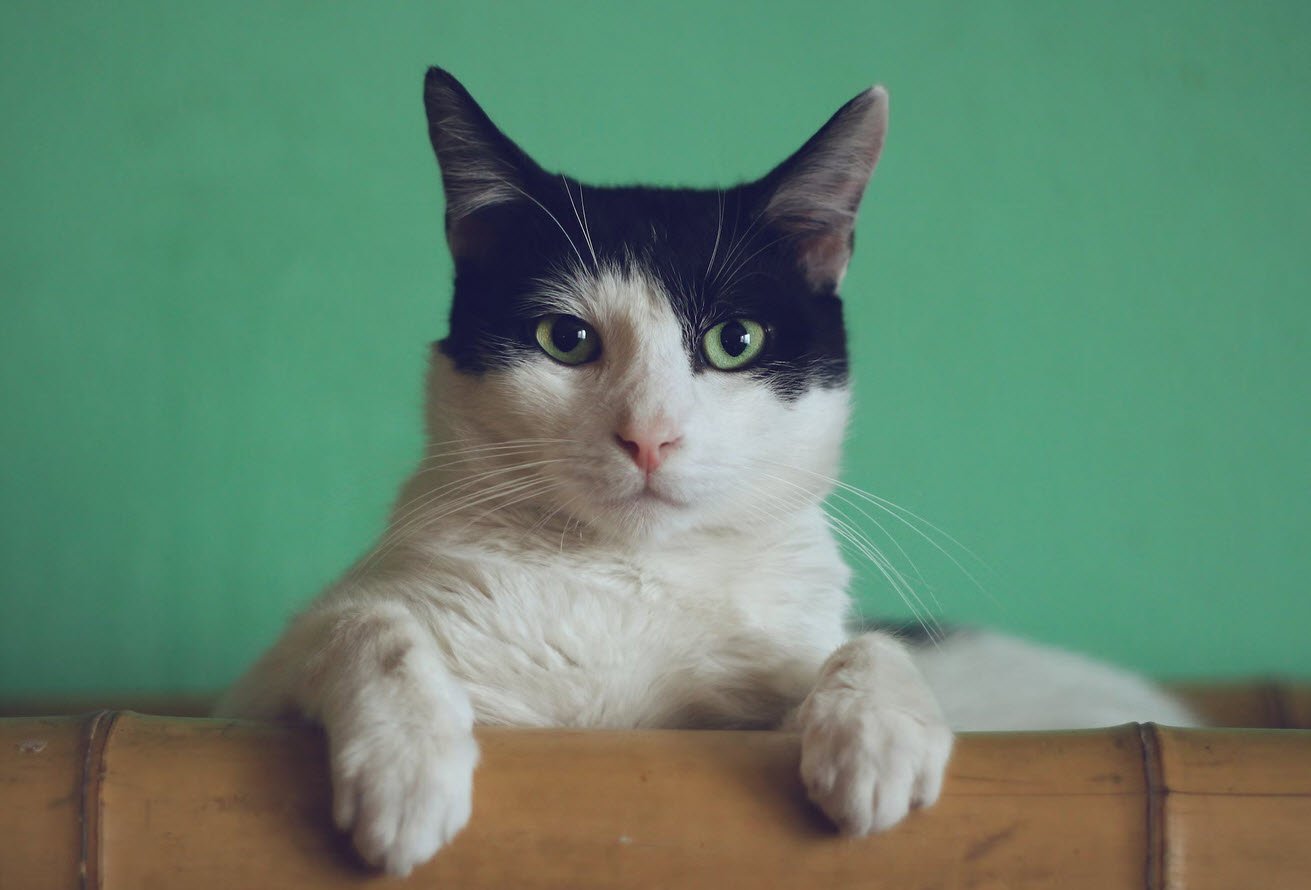
Cats, like humans, can be affected by diabetes, a condition that requires careful management to ensure their well-being. As responsible pet owners, understanding the types, symptoms, and proper care for feline diabetes is essential for providing our furry friends with a quality life.
In this article, we will explore into the two types of feline diabetes, their symptoms, and effective care strategies.
Types of Feline Diabetes
Feline diabetes comes in two primary types. Type 1 results from an insufficient production of insulin, while type 2 is characterized by the cat’s body’s inability to process insulin effectively. Similar to diabetes in humans, feline diabetes can strike cats at any age, but it is more commonly observed in older cats.
Moreover, there is a secondary form of feline diabetes triggered by drugs or diseases that impair the natural insulin processing in the body.
Recognizing Symptoms
Understanding the symptoms of feline diabetes is crucial for early detection and intervention. Cats may exhibit signs such as increased thirst and urination, weight loss, vomiting, loss of appetite, general weakness, poor skin and coat condition, and breathing abnormalities.
Pet owners should be vigilant and consult a veterinarian if they notice these symptoms in their cats.
Diagnostic Testing
When a cat displays diabetes symptoms, it is prudent for pet owners to have their feline companions tested for blood and urine sugar levels. Both tests are necessary because stress can cause a temporary spike in blood sugar levels in cats. The results of these tests help confirm whether a cat is affected by diabetes.
Managing Feline Diabetes
While there is no cure for feline diabetes, effective management is possible through various means. Diet and weight control play a crucial role in controlling diabetes in cats. A diet rich in fiber and complex carbohydrates is recommended, especially for obese cats. This dietary approach helps control both weight and blood sugar levels.
Some diabetic cats may also benefit from oral medications that aid in maintaining suitable blood sugar levels. Additionally, careful monitoring of glucose and insulin levels is essential for pet owners managing diabetic cats. For those administering insulin injections to their cats, caution must be exercised to prevent overdosing, which can be fatal.
Supplements designed for diabetic cats can also contribute to their overall well-being. By combining a tailored diet, medication, and regular monitoring, pet owners can help diabetic cats lead healthier lives.
Conclusion
Caring for a cat with diabetes requires commitment and a deep understanding of the condition. Through proper management, including a suitable diet, weight control, medication, and regular monitoring, pet owners can significantly improve the quality of life for their diabetic feline companions.
The bond between pet owners and their diabetic cats is strengthened through the genuine care provided, ensuring a lasting and fulfilling companionship.








